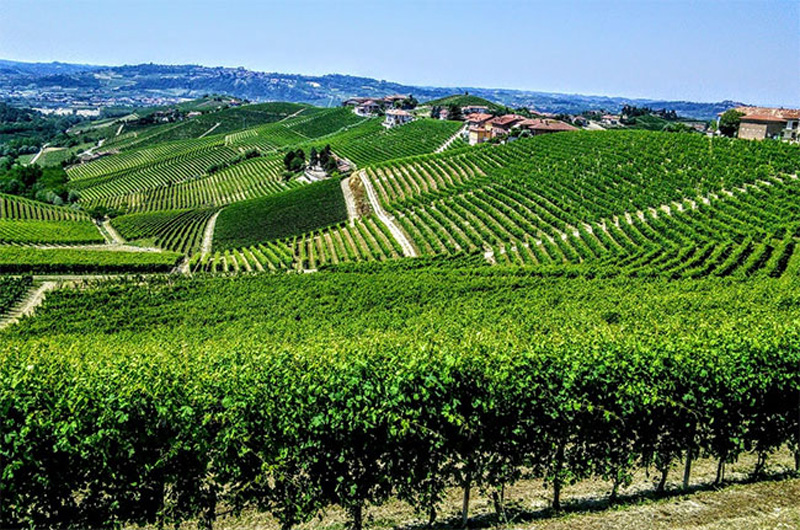I have still not worked up the courage for indoor dining at restaurants, but I have been keeping the COVID-19 blues at bay with regular takeout from my favourite Italian restaurant, who just happens to have a delightful wine list.
I usually have a reasonable selection of Italian wines in my home cellar at any given time, but these pandemic times have had me cooped up in the house since March, so I am drinking down the bottles in the cellar more quickly than usual, to the extent that I entirely ran out of Italian reds!
Fortunately, most of the restaurants offering take-out food can also sell beer and wine to go with your dinner. It is a bit pricier than buying your own at your friendly neighbourhood liquor merchant, but I consider buying a bottle of wine with a take-out meal to be an easy way to support our local restauranteurs, and help ensure they will still be around when life eventually returns to normal.
I was ordering my take-out on half-price Wine Wednesday, so I decided to splurge by adding a bottle of Barbaresco to the order, which is usually a special occasion wine, but the ongoing pandemic has convinced me to start drinking those special bottles while I still can.
For those not familiar with Barbaresco, it is actually the name of the village in northwestern Italy where the wine is produced, rather than the name of the grapes the wine is made from.
For historical reasons that only make sense to stuffy old-world wine snobs, the term Barbaresco is a DOCG. The English version of DOCG roughly translates to Controlled Designation of Origin Guaranteed.
In a nutshell, it means that wine with a Barbaresco label on the front is guaranteed to have been produced in a very particular collection of vineyards in one small part of Italy.
The actual grape varietal that is used for Barbaresco is called Nebbiolo, although tiny amounts of other varietals are sometimes blended in to make a smoother flavour profile.
The history of Nebbiolo grape goes all the way back to the 1st century, with none other than the Roman philosopher Pliny the Elder waxing poetic about the joys of the wine from this particular region.
The Nebbiolo grape is very special, loaded with polyphenols to give the wine a full body, as well as relatively high acidity, which allows the wine to age well for decades without spoiling.
For hundreds of years, Barbaresco wines were sweet dessert wines, due to the fermentation technology available at the time. Since the grape does not ripen until late October, the temperatures were cool enough that fermentation would stop while there was still some residual sugar in the wine.
It was not until the 1890’s that a crafty winemaker figured out that a heated fermentation tank could fully ferment all the residual sugar, resulting in the dry wine that is more common today.
This was a godsend for the local winemakers, as dry wines commanded a much higher price, setting Barbaresco on a path to becoming a premium wine.
By the 1960’s, Barbaresco was considered a premium wine, and was priced accordingly, much to the delight of the winemakers in the region.
Strict regulations on the production of Barbaresco require the wines to be aged for a minimum of two years, with at least one year in oak barrels, although most producers age their wine for longer before bottling.
These wines tend to be quite tannic when bottled, so most wine snobs recommend aging them in your own cellar for an additional 5+ years before opening them, which softens the rough edges, leaving floral aromatics reminiscent of violets, with flavours of licorice and leather coming out as the wine continues to age.
If you would like to pick up a bottle of Barbaresco, be warned they can be a bit on the pricey side. Expect to pay $40-$80 for the average Barbaresco, with the rare vintages going up from there.
I won’t be drinking Barbaresco every week, but in these pandemic days of drinking wine at home in sweatpants and uncombed hair, it lends a bit of class to the proceedings. If you have a special bottle at home you have been saving, there’s no time like the present to crack it open!






